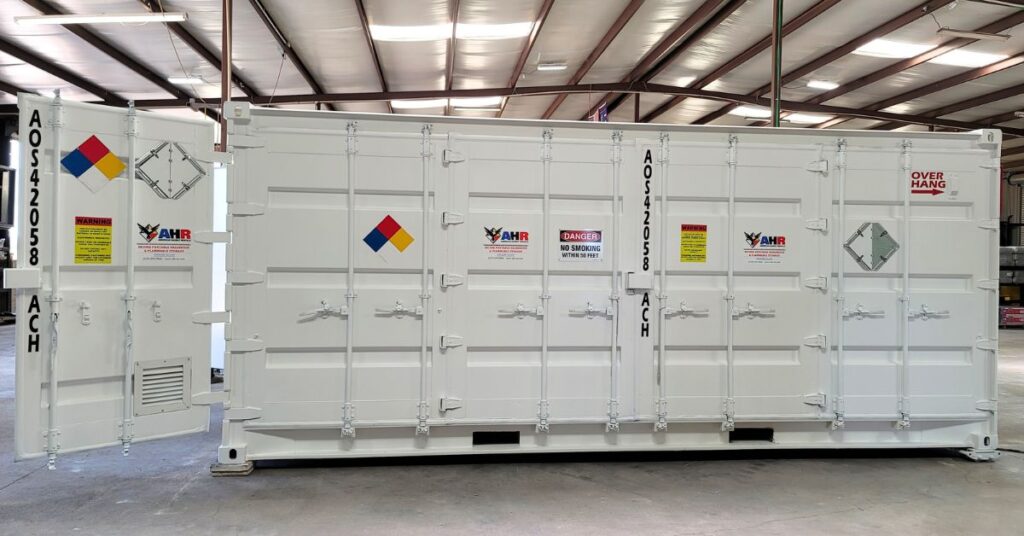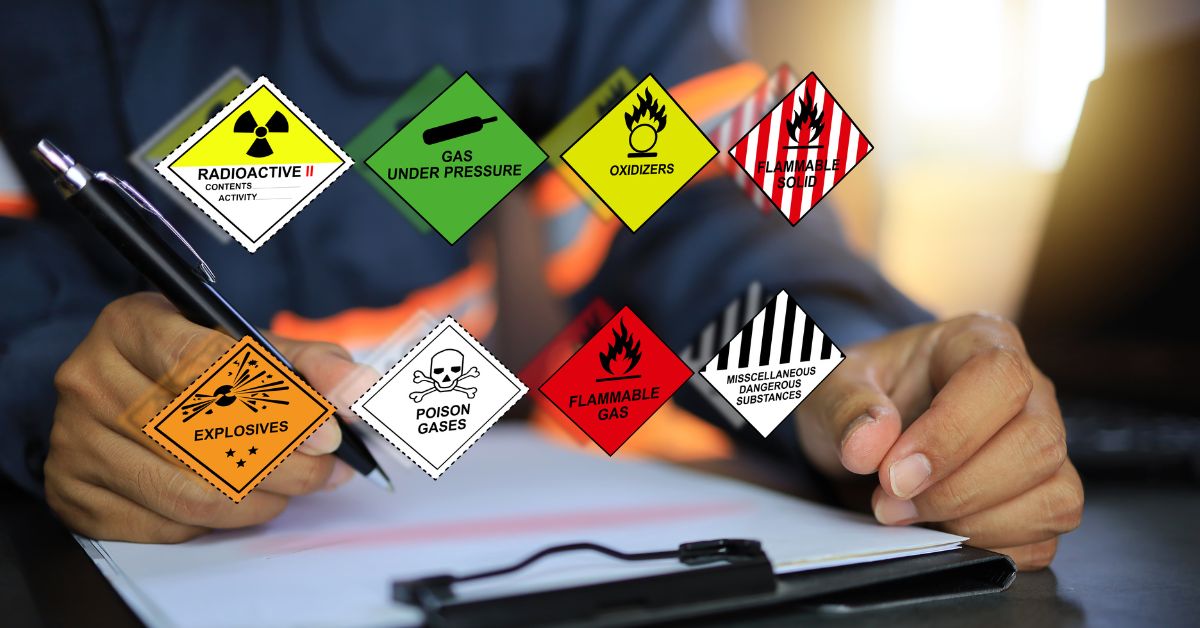
If your facility handles hazardous materials or waste, you probably have an emergency response plan in place for accidents and incidents. If you don’t, you need one immediately. Without it, you’re in violation of multiple federal, state, and local regulations governing hazardous materials and their storage and disposal. You’re also potentially putting your business, employees, and the surrounding community at risk of damage, devastation, and even death.
An emergency response plan is a major part of any business’s safety management processes. Here’s why emergency response plans for hazmat incidents are vital and how to create and incorporate an effective strategy.
What Are the Threats of Hazardous Materials?
Before outlining a hazmat emergency response plan, take time to fully understand the threats hazardous materials pose. As the name implies, hazardous materials are dangerous to life, health, and the environment. They can consist of chemicals, drugs and used medical supplies, radioactive materials, disinfectants, pesticides and herbicides, and other substances.
In the event of a spill, leak, or other occurrence, hazardous materials can enter the ecosystem, affect people’s health, contaminate water and soil supplies, and disrupt local food chains. Here are the specifics of what makes a material hazardous:
- Chemical hazards: Substances that are flammable, corrosive, toxic, or reactive (meaning they cause a reaction, such as an explosion, when they mix with others) are all hazards. Such materials must be properly handled, stored, and segregated to prevent them from affecting the environment.
- Biological hazards: These include microorganisms, viruses, or toxins that cause disease or adverse health effects in humans and animals. Used bandages, syringes, and hospital sheeting and clothing can all contain biological hazards through bacteria, viruses, and toxic substances.
- Radiological hazards: Radioactive materials like isotopes, waste from power plants, medical equipment, and other sources can cause radiation sickness and cancer. Further, these hazards may contaminate the ecosystem.
Knowing what you’re dealing with is the first part of drafting an effective emergency response plan. Conduct an audit to see which hazardous materials are on the premises. This is part one of conducting a risk assessment, which is covered in more detail below.

Rules and Regulations
Multiple agencies issue rules and regulations regarding the use, storage, and disposal of hazardous materials. The Environmental Protection Agency (EPA) and the Occupational Safety and Health Administration (OSHA) have long established guidelines and standards mandating the creation and use of emergency response plans. Drafting and implementing a plan will protect you from legal issues, fines, and other penalties issued by these and other agencies and institutions. Such rules aren’t arbitrary—they were created to maintain safety.
How To Establish an Emergency Response Plan
An emergency response plan has several key components. Begin by forming a committee of skilled and responsible individuals to create and enforce safety policies. Next, assign the following tasks to this group.
Risk Assessment
A risk assessment is an audit of your facility, potential hazards, and the impact they might have if allowed to leak, spill, or be mishandled. Identify types and quantities of hazardous materials, how they’re stored, conditions in the storage area, what might lead to an incident or accident, and who and which areas might be affected. Creating a risk assessment builds a list of priorities to address and points out areas requiring special attention.
Roles and Responsibilities
When the chips are down, who needs to step up? Specifically, define and assign roles to certain people in the facility as the best ones to deal with hazmat incidents. Choose a team of experienced individuals, delineate their tasks in the event of an accident, and arrange for proper training in processes and procedures.
Appointing a team in advance and preparing them for the worst will reduce chaos in an actual emergency. Schedule regular drills and simulations to prep employees in the use of personal protective equipment (PPE) and other equipment, testing how they react and how quickly.
Communication Plan
Keeping in touch is required during emergencies. Outline a communication plan that clicks in during a hazmat incident. The plan should show how information is shared inside and outside the facility. For instance, a workable plan includes knowing which emergency service personnel to contact, alerting and warning other employees, and providing statements to the local community if necessary.

Evacuation Procedures
The safest choice for most employees during a hazmat incident is to evacuate as far as possible. Establish clear routes (and alternative routes if the original paths are somehow blocked) to safety for individuals inside the facility. Arrange for a meeting place where employees can assemble to see who’s there and who isn’t so no one is left behind. Regular drills are a necessity and should be taken seriously.
Medical Response
Knowing what the hazardous materials in your facility are capable of demands training in first aid for those exposed to such materials. You also need supplies and substances that can immediately help or treat injured or afflicted individuals. Signs clearly indicating how to react to hazmat injuries should be in an obvious place as well. All employees should remember to call or have someone else call emergency services right away, providing clear directions and an explanation of what happened.
Decontamination Procedures
Decontamination is necessary to remove hazardous substances from individuals, equipment, and the environment. Establishing procedures for decontamination prevents dangerous substance spread and reduces health risks. In the aftermath, trained, certified hazmat waste disposal technicians should conduct complete decontamination.
Emergency response plans for hazmat incidents are vital. Understanding the hazards present in your facility, assessing the risks, assigning roles to employees to react to an incident, conducting drills, establishing safety protocols, and maintaining vigilance are all part of an effective plan.
Of course, most hazmat incidents can be prevented through proper storage. Contact us for more information on storage solutions, including hazmat open-side storage containers. These containers are designed to safely store hazardous materials, providing one less thing to worry about.